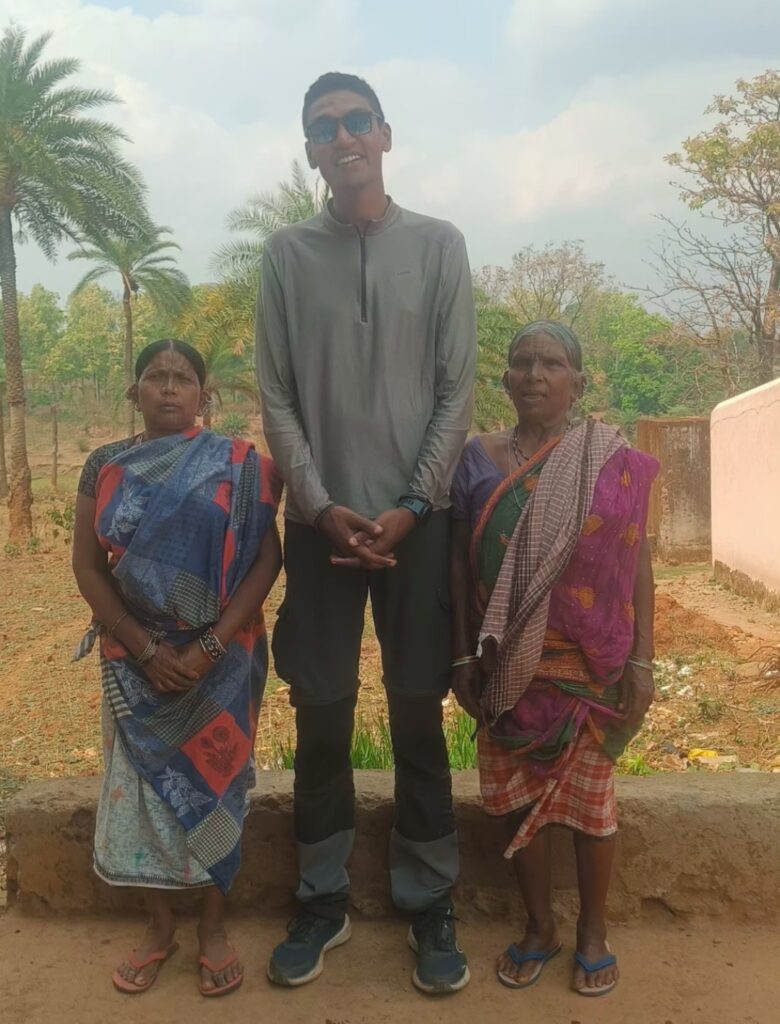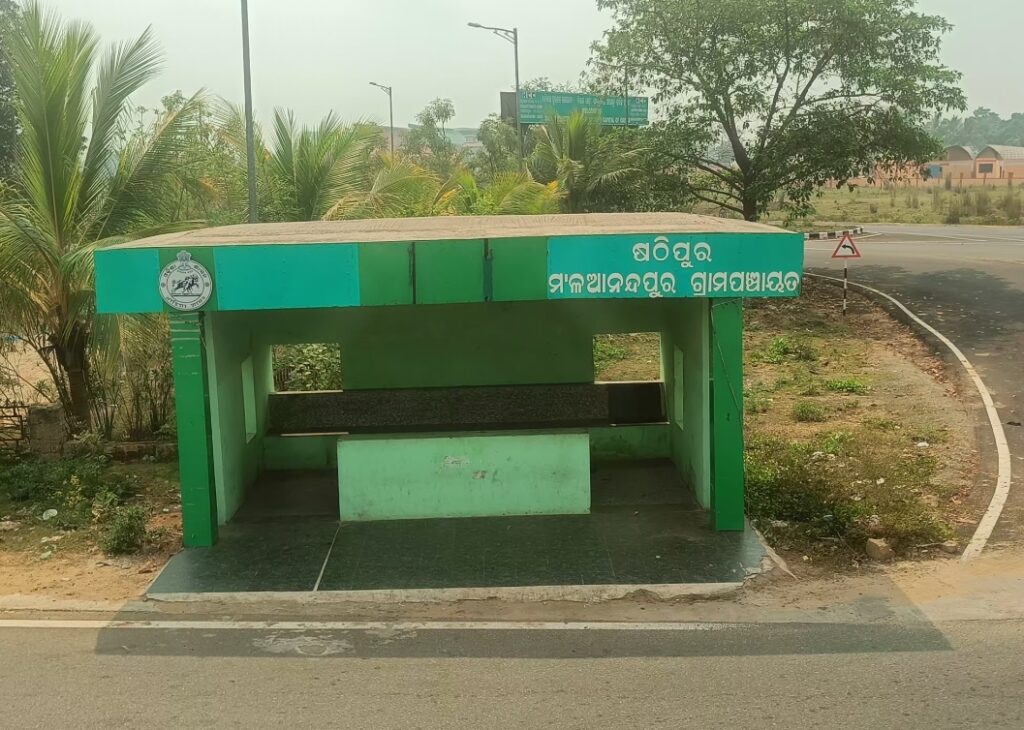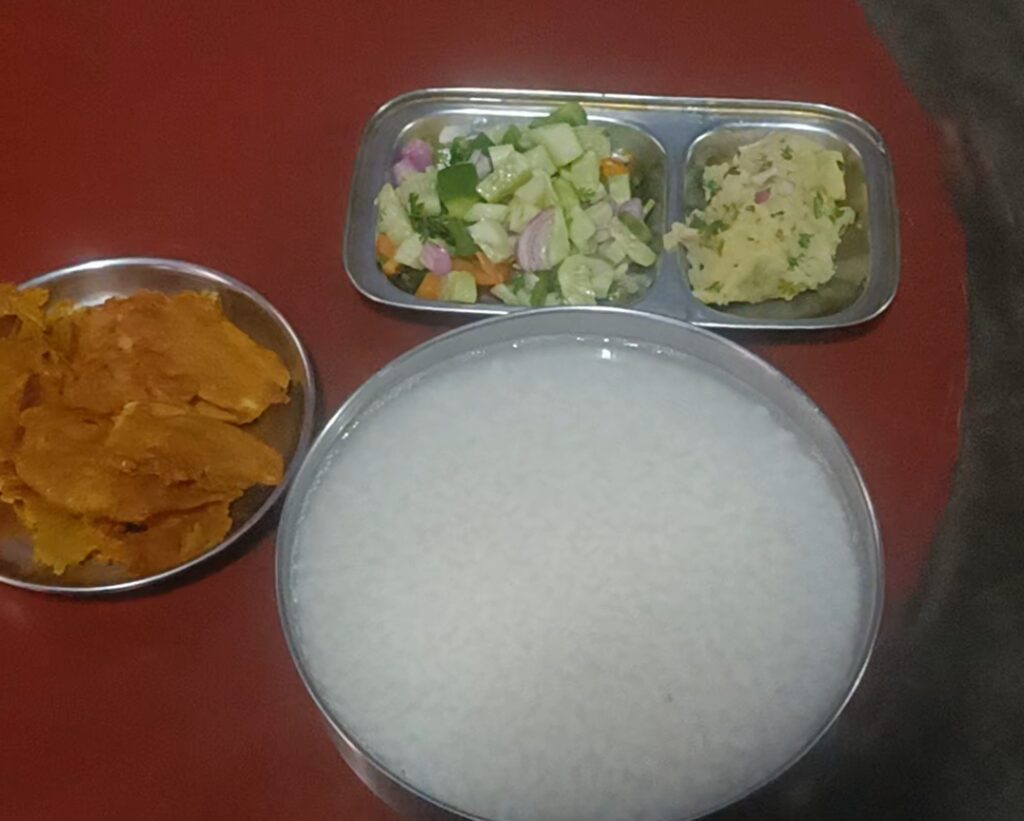Read this before travelling to Odisha
While many regions of India can be easily categorized into distinct northern and southern parts, there are a few that defy such simple divisions and occupy a more nuanced, grey area. Odisha is one such state. Geographically situated in the eastern part of India, it is often associated with the north, yet its culinary culture aligns more closely with the south than the north. Famous for the Puri Jagannath Temple and the Konark Sun Temple, Odisha doesn’t always make it to the top of tourist itineraries. However, its abundance of mines and fertile land makes it a state of significant economic interest.
Despite facing frequent natural disasters, particularly storms due to its vast coastal area, Odisha has developed a resilient infrastructure, largely thanks to the leadership of the previous government under Naveen Patnaik’s BJD. Odisha also has a large tribal population, ranking third in India after Maharashtra and Madhya Pradesh. While it lacks major tourist hotspots, Odisha remains one of India’s least explored gems, with rich natural beauty, including forests and waterfalls, still largely untouched by urbanization.
The local culture, particularly in terms of food and sweets, is something to savor for those visiting Odisha. The people are exceptionally warm and welcoming, though my personal experience may differ depending on my mode of travel and personality. Therefore, I encourage you to read this article with an open mind and a touch of skepticism, and I welcome any feedback or suggestions for improvement.

Government
Having traveled across almost the entire country, one aspect of Odisha that stood out to me was its governance. The previous government, led by the Biju Janata Dal (BJD), founded by Naveen Patnaik in 1997—the son of the legendary Biju Patnaik—left a lasting impact that is evident even to the common citizen. Under BJD’s leadership, Odisha saw remarkable administrative stability and development, allowing the party to remain in power for an impressive 24 years. However, in the recent 2024 elections, the political landscape shifted, with the Bharatiya Janata Party (BJP) taking over the reins.
Disaster management
The 1999 cyclone disaster in Odisha remains the most intense recorded cyclone depression in the Bay of Bengal region to date. Over 1.6 million homes were displaced, and around 30,000 lives were lost—making it one of the most devastating events in India’s history. It was during this crisis that the Biju Janata Dal (BJD) came to power, playing a pivotal role in establishing one of India’s most effective disaster management systems. Some even regard it as one of the best in the world. Given the Bay of Bengal’s susceptibility to frequent cyclones, Odisha is particularly prone to natural disasters. However, the BJD government’s proactive measures have drastically improved the response times; what once took months to recover—such as restoring electricity and repairing roadways—can now be completed in just a few days. Numerous rehabilitation centers, known as Ashreya Sthal, have been built across the state to provide shelter during disasters. The BJD’s efforts in disaster management remain iconic, and have made Odisha a model for resilience, earning it national and international recognition.
Employment and Development
One of the most striking differences I noticed in Odisha compared to its neighboring states is its strong focus on employment and healthcare. Both education and medical infrastructure received significant attention during Naveen Patnaik’s tenure, and the impact is still evident today. Many locals aspire to secure jobs through the Staff Selection Commission (SSC) exams and the railways, while a growing number of industries and manufacturing hubs contribute to rising employment rates.
Public transportation in Odisha is another standout feature. Government buses are well-maintained and offer highly affordable fares—just ₹5 for women and ₹10 for men per trip, regardless of distance. While visiting Bhubaneswar, I was particularly impressed by how clean and well-organized the city was, easily comparable to the standards of Indore or Chhattisgarh. Across Odisha, I noticed a strong culture of using dustbins and maintaining public spaces, a testament to the growing awareness among its people.
Adding to its achievements, Odisha has also made a name for itself in sports. The state boasts world-class hockey stadiums in Rourkela and Bhubaneswar, which hosted the Hockey World Cup in India. This event placed Odisha on the global map, introducing it to many who previously knew little about the state.
Current government
Despite the remarkable work done by the previous government, BJD was replaced by the BJP in the 2024 elections, leaving me curious about the reasons behind this shift. After speaking with locals, I discovered that one of the key factors was B. Kartikeya Pandian, the personal secretary to Naveen Patnaik. An IAS officer from Tamil Nadu, Pandian gradually took on significant roles in governance, especially as Patnaik aged.
While Naveen Patnaik is widely regarded as one of the best chief ministers in India, the growing influence of an outsider in state affairs did not sit well with many Odias. This discontent provided BJP with an opportunity to capitalize on local sentiment and ultimately secure power in the state.
Culture
Odisha boasts a rich cultural heritage, evident in its cuisine, traditional dance forms, sweets, and language. Odia holds the prestigious status of a classical language—one of only six currently recognized in India—and the people take immense pride in this distinction.
During my travels, I observed a strong emphasis on preserving the language, similar to certain other states. Many signboards, including those in public and government offices, are displayed exclusively in Odia, which can pose a challenge for outsiders navigating the region.

Food
Pakhala, a dish made from rice soaked in water overnight, and Mandia, a finger millet-based drink, form the staple diet of Odisha, often accompanied by vegetable curry and mashed aloo saag. Odia cuisine shares similarities with South Indian flavors, with turmeric and tamarind being key ingredients, lending many dishes a distinct tangy taste due to fermentation.
Breakfast typically includes idli, dosa, puri, and upma, often paired with gugni, a flavorful peas curry. Lunch and dinner revolve around rice, complemented by a variety of vegetable-based dishes. Odisha’s cuisine is also rich in meat preparations, with chicken and goat being widely consumed. A notable dish is dalma, a hearty mixed vegetable dal that showcases the region’s emphasis on wholesome ingredients.
Additionally, I noticed the presence of a mild betel nut (supari) culture, reminiscent of Assam, though practiced to a much lesser extent.

Sweets
Odisha is renowned for its vibrant festivals, with 13 major celebrations observed throughout the year, beginning with Pana Sankranti, which marks the Odia New Year. Festivals in Odisha are closely tied to their rich tradition of sweets, making the state a significant hub for dessert lovers.
One of the most iconic Odia sweets is Chhena Poda, a caramelized cottage cheese delicacy. Odisha’s love for sweets rivals that of Bengal, leading to a well-known dispute over the origin of Rasgulla, which was eventually acknowledged as a specialty of both states. While I didn’t observe the same widespread variety and consumption of sweets as in West Bengal, Odisha has its own distinct and deeply rooted dessert culture, offering a unique ethnic touch to its confections.

People
Odisha is home to a diverse mix of communities, including Brahmins, Kshatriyas, and various tribal groups, all coexisting harmoniously. Unlike in some other parts of India, social identity here is shaped more by language and culture than by lineage. One interesting observation was that Brahmins in Odisha, unlike in many other regions, consume a significant amount of non-vegetarian food.
The state has 64 recognized tribes, making it the third-largest tribal population in India, including 13 particularly vulnerable tribal groups (PVTGs). The Santals and Ho tribes are predominantly found in the north, while the Khonds, the largest indigenous group in Odisha, inhabit the southern regions. Khonds, who speak the Kui language, traditionally practiced slash-and-burn agriculture, reinforcing their deep connection to the forests. Historically reliant on millets like ragi, many Khonds have now transitioned to a rice-based diet, leading to noticeable health changes such as obesity. These tribes are also known for their valor, having played a significant role in guerrilla warfare against the British.
During my travels, I found that Odia society shares similarities with Bengal in terms of conservatism and strong family attachments. Many people remain deeply rooted in their homeland, with limited exposure to life outside the state. Hardworking yet often lacking in strategic efficiency, Odias tend to hold strong, sometimes rigid, beliefs about themselves. One trait that stood out was their tendency to dominate conversations, frequently interrupting others and speaking highly of themselves. This excessive self-praise often extended to a sense of regional pride, at times bordering on hostility toward outsiders, particularly people from southern India.
While I deeply appreciated the warmth and hospitality I received in many places, I couldn’t ignore the underlying social dynamics, which left me with mixed feelings. My experience may differ from others, and I welcome diverse perspectives—feel free to share your thoughts in the comments. If you enjoyed this article, check out more of my travel experiences here.
I am a 31 year young PhD graduate who has decided to travel the length and breadth of India on my cycle, to document the journey of meeting a vast array of people. In my journey, I intend to understand the characteristic features of the people of this nation and categorize them based on their demographics, age, profession, gender, traditions, and cultural differences.